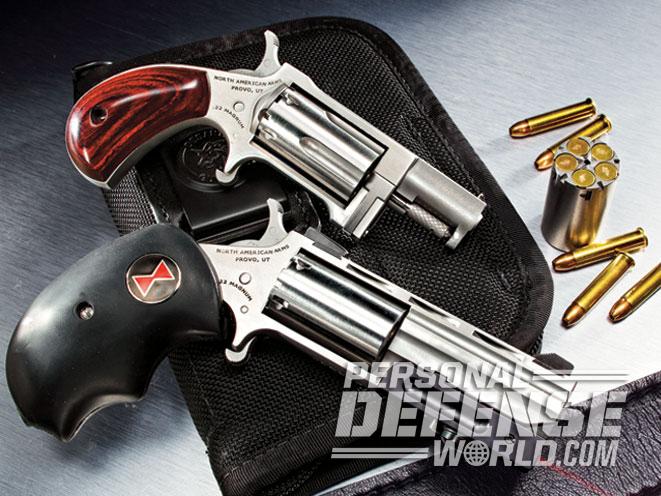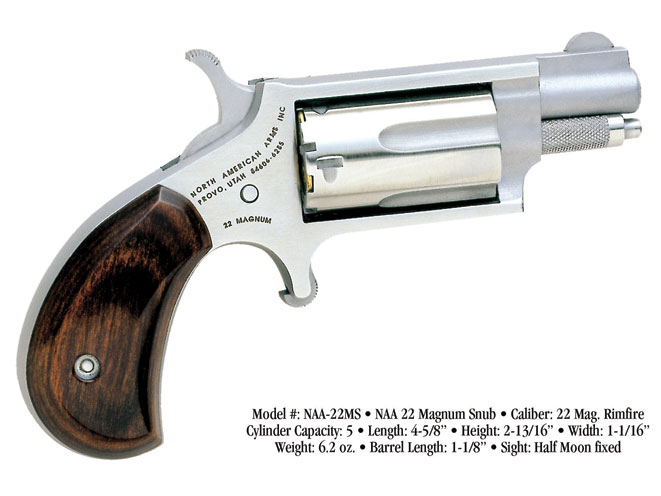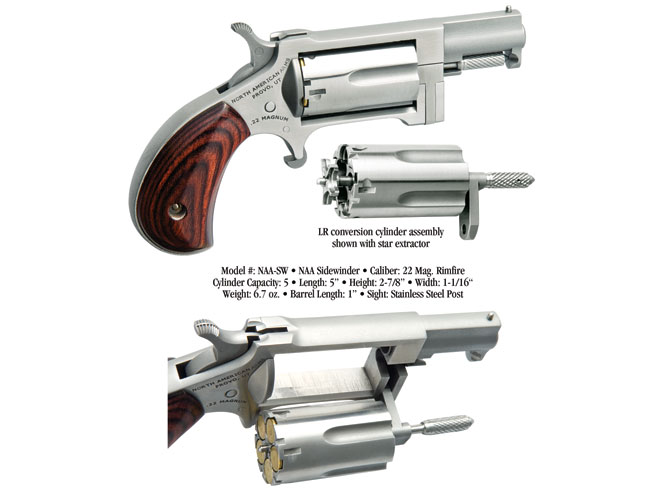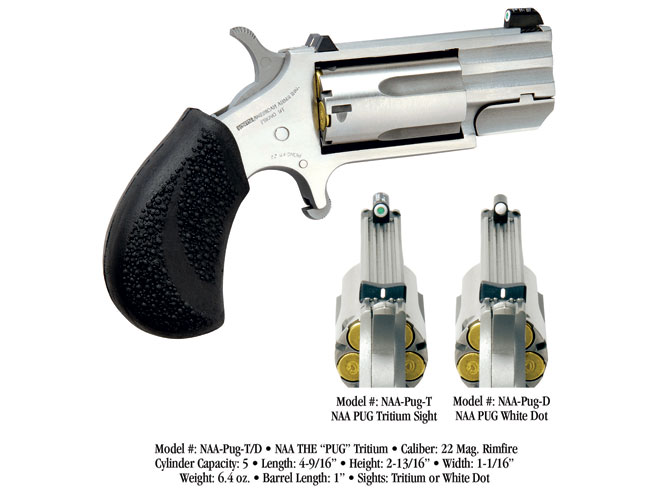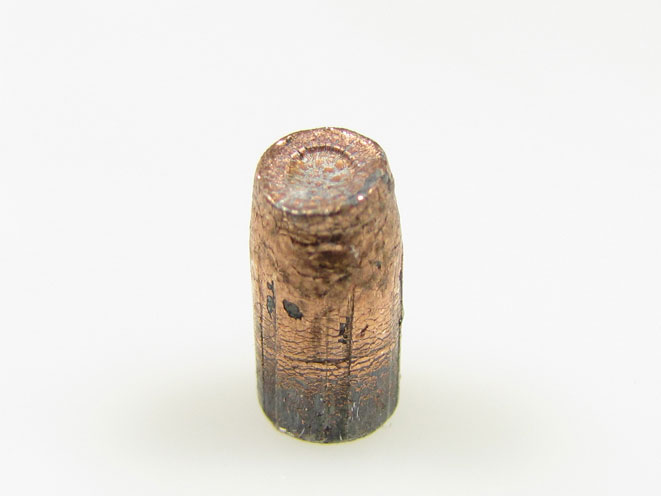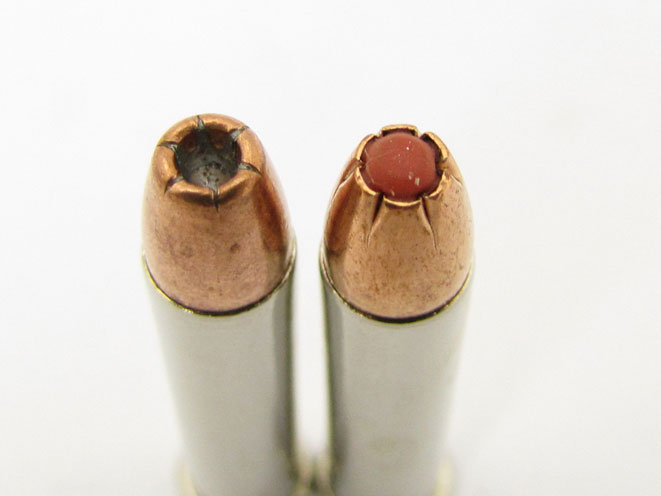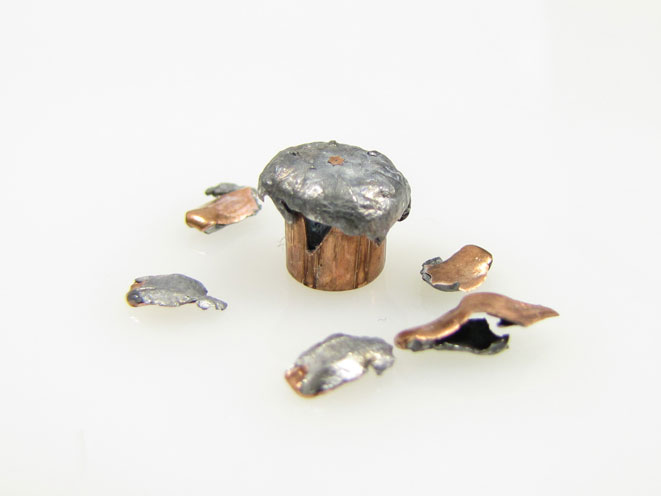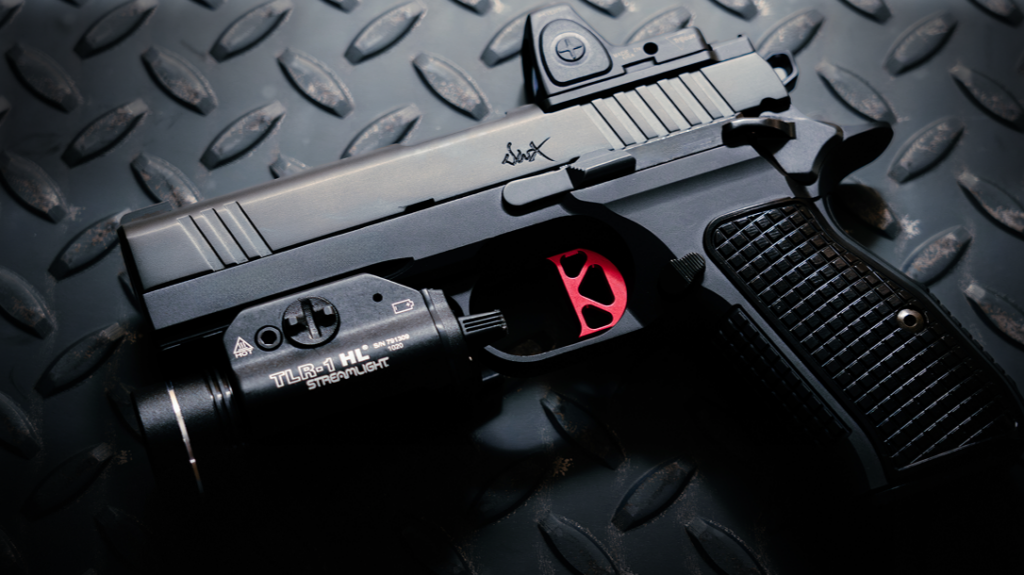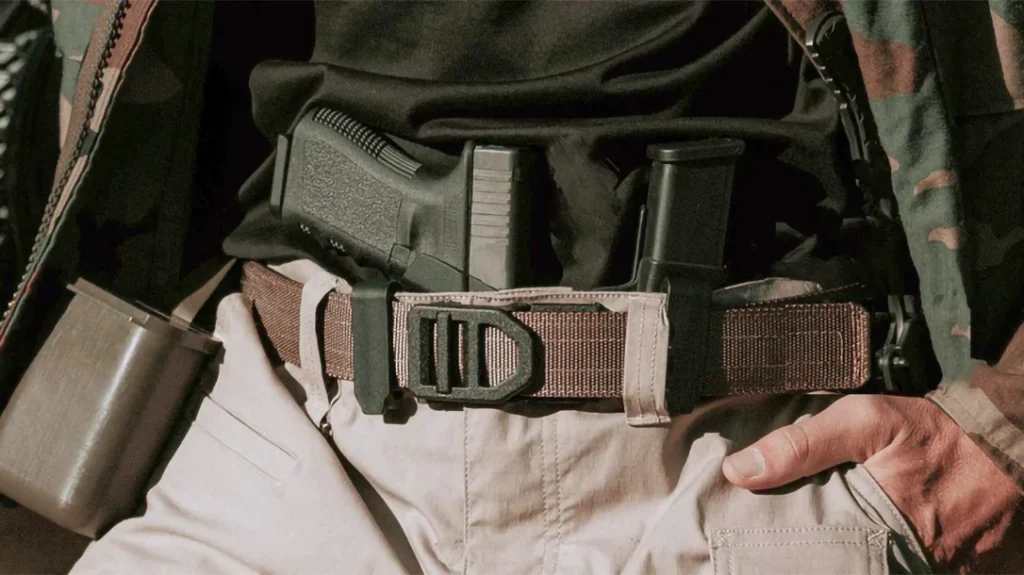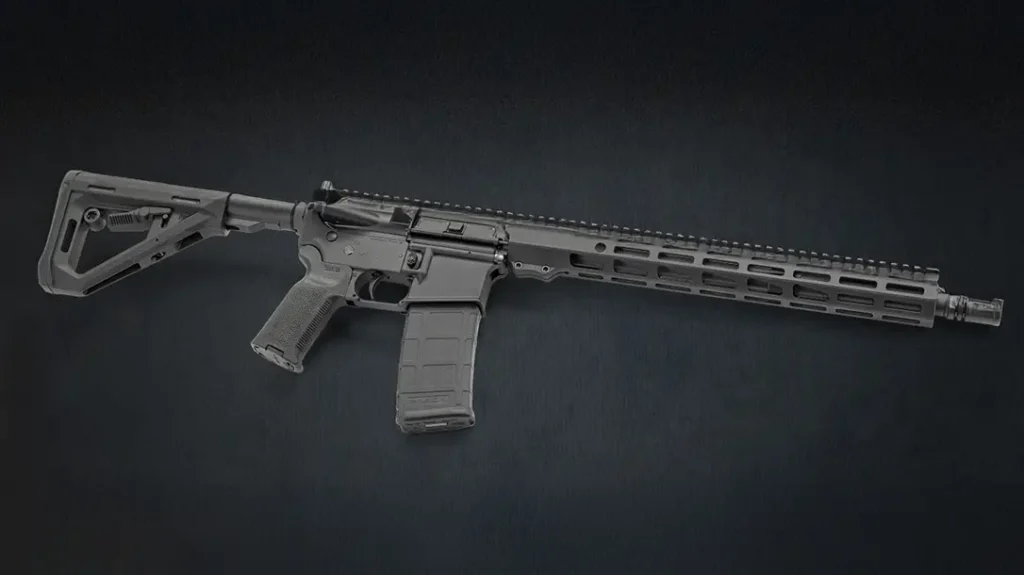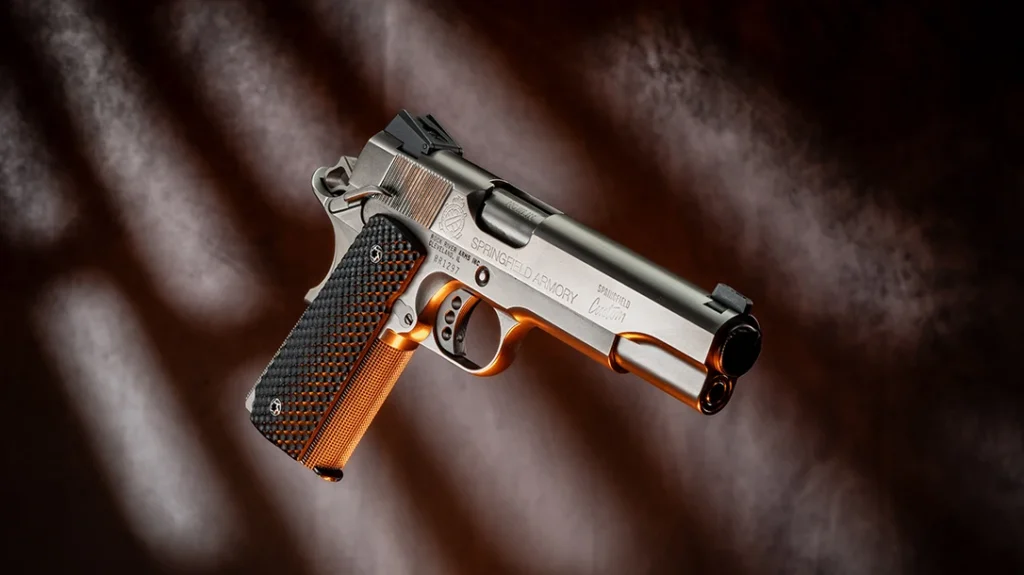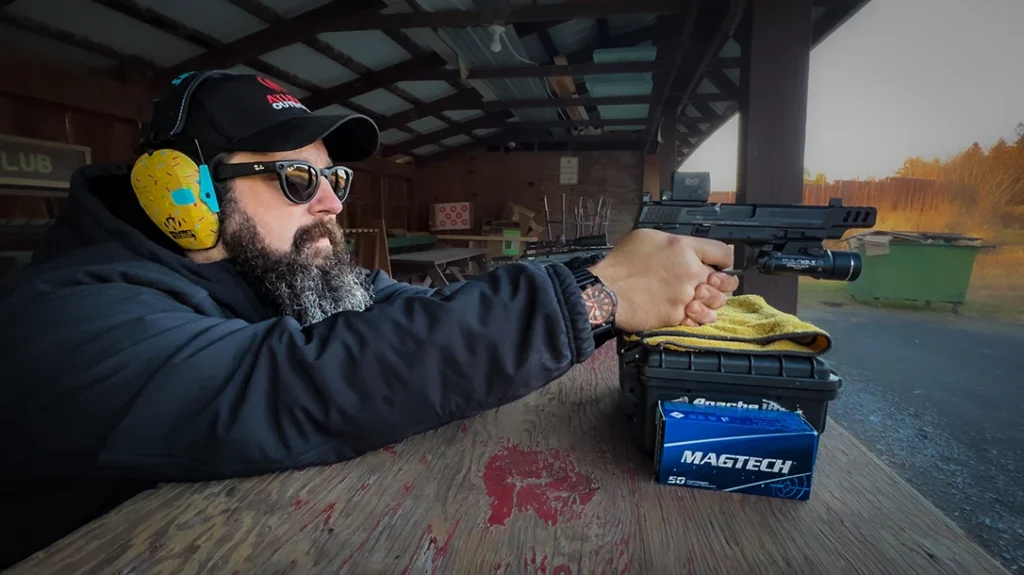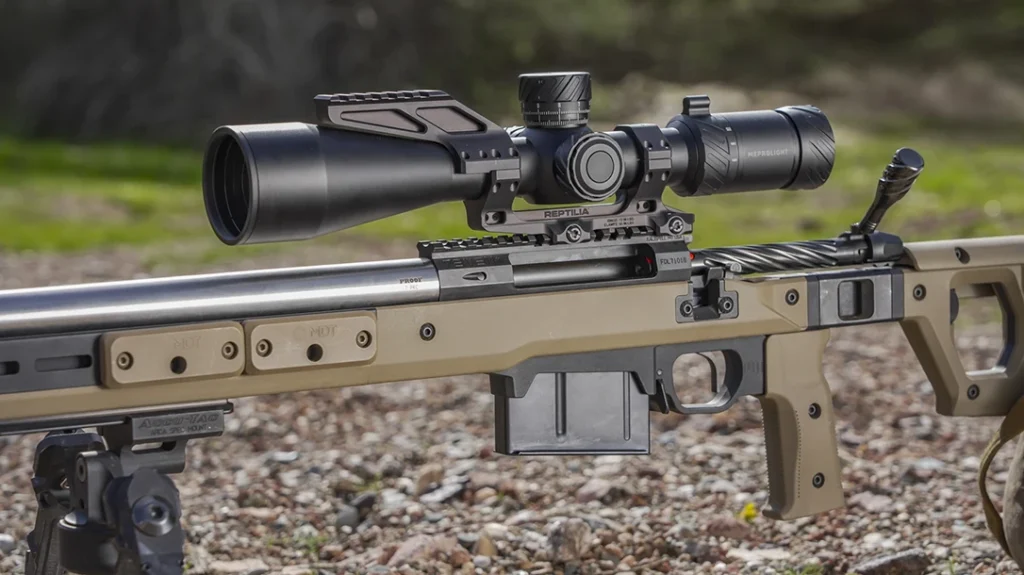Everybody knows .22 Magnums are just mouseguns. Well,if that’s true, why have handguns chambered in .22 WMR put more than a few criminals out of business? Recoil-sensitive shooters like the .22 Magnum, and handgun hunters have used it effectively on game much larger than mice. So is it a mousegun, a manstopper or something in between? Obviously, all of us would recommend a larger, centerfire round for serious self-defense usage, but for those who cannot handle the recoil or the operation of larger and more powerful handguns, the .22 WMR can be an option.
New Loads
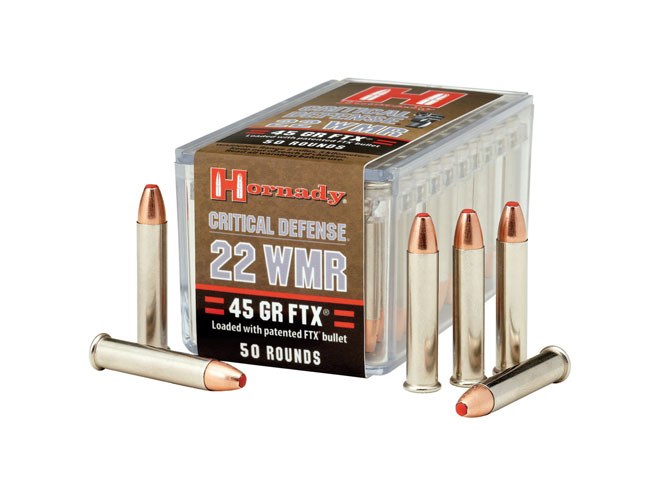
Advertisement — Continue Reading Below
In the last couple of years Hornady, Speer and Winchester have introduced .22 WMR ammunition with new bullets that reliably expand when fired in handguns with very short barrels. A great example is Hornady’s 45-grain Critical Defense load, which has an FTX bullet. It leaves a 1.12-inch barrel at about 1,000 fps and produces approximately 100 foot-pounds of energy (fpe). The FTX bullet has a polymer insert in its nose that’s surrounded by five skives (slits) in the tip of the jacket. When the FTX impacts tissue, the polymer deforms quickly, causing the jacket to separate at the five points where it is skived. This ensures reliable expansion to .30 caliber.
RELATED STORY: 14 Top-Notch Self-Defense Ammo Lines
Speer has introduced a Gold Dot Short Barrel .22 Magnum cartridge. It has a 40-grain bullet that factory ballistics indicate leaves a 1.12-inch barrel at 1,050 fps and generates 99 fpe. The 40-grain bullet’s jacket is electroplated to a soft lead core. The bullet nose has a “relatively large for caliber” hollow point and five skives that are a little smaller than the Critical Defense FTX’s. When fired into a test medium like water or ballistic gelatin, the little 40-grain Gold Dot fragments and expands to about .31 caliber.
Advertisement — Continue Reading Below
Winchester’s new .22 Magnum self-defense load is the PDX1. Its 40-grain bullet leaves a 2-inch barrel at 1,200 fps, generating about 140 fpe. Factory demonstrations of this bullet indicate it expands reliably to around .30 caliber in 10-percent ballistic gelatin.
Stopping Power
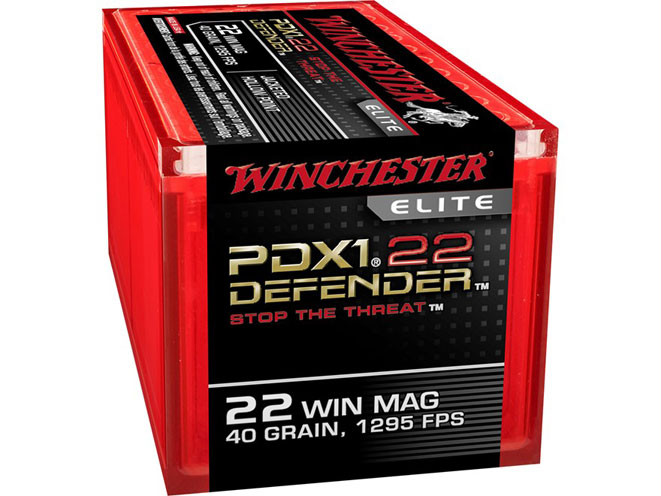
Advertisement — Continue Reading Below
Stopping an attack by a violent criminal involves several factors that are only partly under the control of a person firing in self-defense. However, there are some general criteria that can be used in selecting ammo that can help tip the balance toward the defender.
RELATED STORY: 12 Centerfire Loads for Personal Protection & Home Defense
The first and most important criterion is bullet placement. The .22 WMR offers some advantage over hard-kicking centerfires because it has relatively little recoil. This aids in shot placement, especially for recoil-sensitive people. On the downside, many .22 Magnum, double-action revolvers have fairly heavy hammer springs because the pressures generated by .22 WMR cartridges require case rims that are twice as thick as those of the .22 LR. But, with practice, .22 WMR revolvers can be fired with remarkable speed and accuracy.
Advertisement — Continue Reading Below
The second criterion is penetration. Hornady’s .22 WMR Critical Defense load penetrates just under 10 inches in 10 percent ballistic gelatin. The Speer load penetrates an average of 12 inches in water, which roughly corresponds to the penetration of the Critical Defense load in gelatin. Winchester states that the PDX1 penetrates nearly 12 inches in gelatin. Having only 10 to 12 inches of penetration means that the .22 Magnum will probably be most effective in face-to-face encounters. In addition, small-caliber, lightweight bullets often deflect when they hit bone. A bullet that strikes the sternum may not get to the heart, but it will often hit other vital organs and slow an assailant down.
Mighty Mousegun
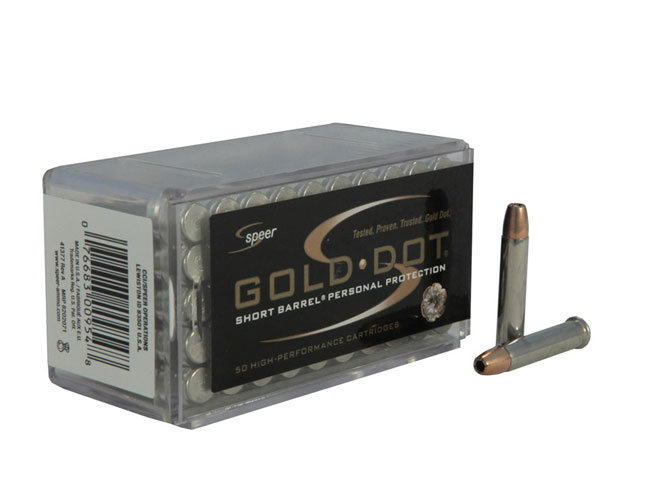
Advertisement — Continue Reading Below
Bullet expansion and energy transfer combine to form the third criterion. The Hornady, Speer and Winchester loads expand well, and they all transfer more than the minimum 58 fpe determined by the Army’s Surgeon General to be “disabling energy.” On the other hand, no .22 WMR load delivers the 500-plus fpe that Dr. Michael Courtney says is needed for a bullet to disrupt the central nervous system due to pulsating internal pressure waves generated by the temporary wound cavity. Even so, the new .22 WMR defense loads transfer enough energy to the body to create pressure waves that can significantly tear large blood vessels and cause serious fracturing in organs like the brain, liver and kidneys.
RELATED STORY: Survival Cartridges – Versatile Ammo For Your Bug Out Arsenal
All things considered, the .22 Magnum isn’t as effective as a 9mm +P, but I wouldn’t call it a mousegun. Loaded with the latest ammo and used within its limitations, it’s a potentially capable defense load under the right conditions.
Advertisement — Continue Reading Below
For More Information
Hornady
http://www.hornady.com
Speer
http://www.speer-ammo.com
Advertisement — Continue Reading Below
Winchester
http://www.winchester.com
